Welcome to IBonomics! We are excited to launch and hope you find the website useful! Learn more about us here!
Welcome to IBonomics! We are excited to launch and hope you find the website useful! Learn more about us here!
A diagram illustrating a monopolist earning abnormal profit. The firm restricts output to Qm where MC = MR and sets price Pm, resulting in welfare loss and consumer surplus loss compared to a perfectly competitive outcome.
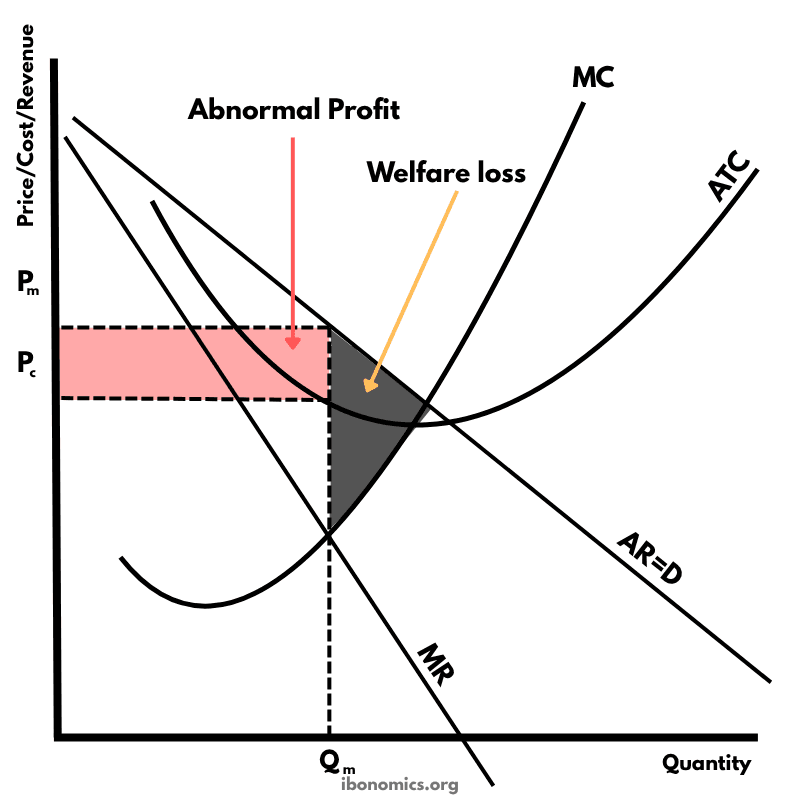
AR = D: The average revenue or demand curve, downward sloping due to price-setting power.
MR: Marginal Revenue, lies below AR for monopolies.
MC: Marginal Cost, intersects MR at the profit-maximizing quantity Qm.
ATC: Average Total Cost, used to calculate the firm's level of profit.
Qm: The monopolist's profit-maximizing quantity where MC = MR.
Pm: The price charged by the monopolist at Qm, found on the AR curve.
Pc: The allocatively efficient price that would exist in a perfectly competitive market, where MC intersects the AR (demand) curve.
A monopolist maximizes profit where marginal cost (MC) equals marginal revenue (MR), producing quantity Qm.
The price Pm is set by extending a vertical line from Qm up to the demand curve (AR = D).
Since Pm is greater than average total cost (ATC) at Qm, the firm earns abnormal profit (shown in pink).
The price Pc represents the price that would exist under perfect competition, where MC = AR. This is the allocatively efficient point.
The shaded welfare loss triangle represents the loss of societal welfare due to the monopolist underproducing relative to the socially optimal quantity.
Monopolies lead to market failure because they do not produce at the socially efficient output (MC ≠ AR).
Explore other diagrams from the same unit to deepen your understanding
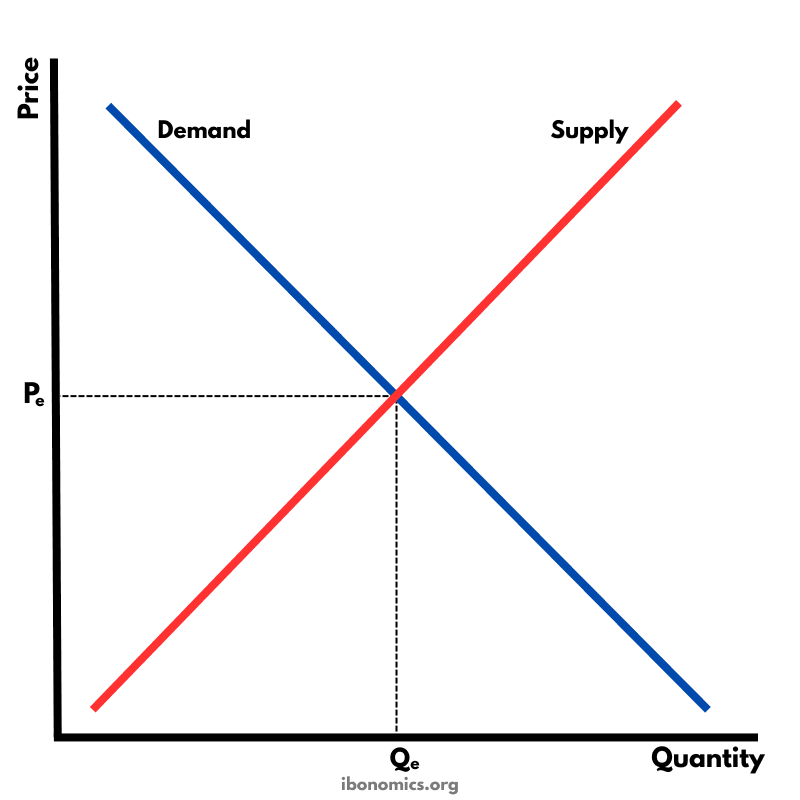
The fundamental diagram showing the relationship between demand and supply in a competitive market, determining equilibrium price and quantity.
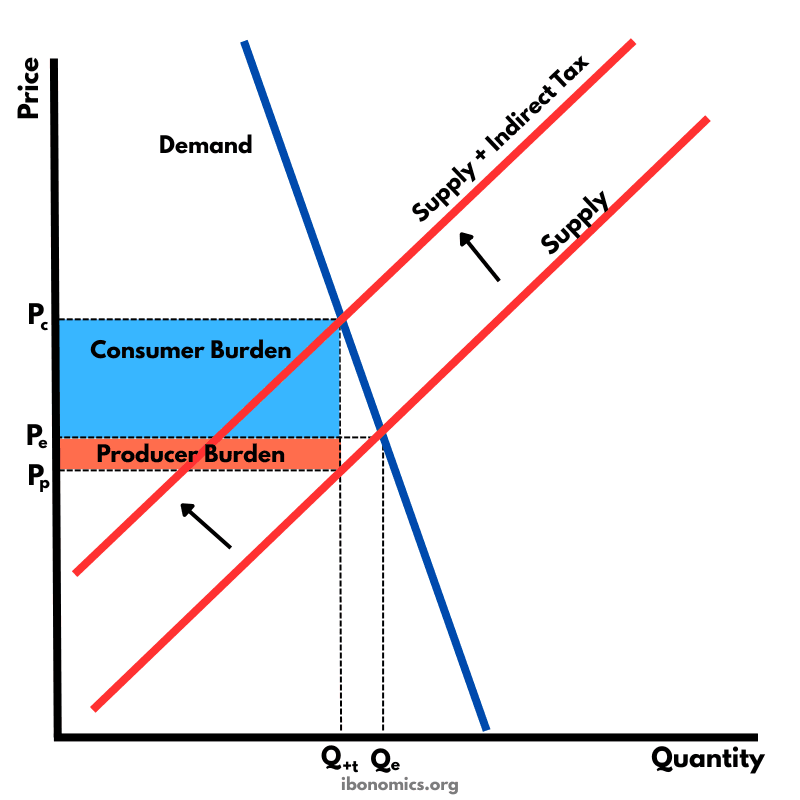
A supply and demand diagram showing the effect of an indirect tax on a good with inelastic demand. The consumer bears a larger share of the tax burden.
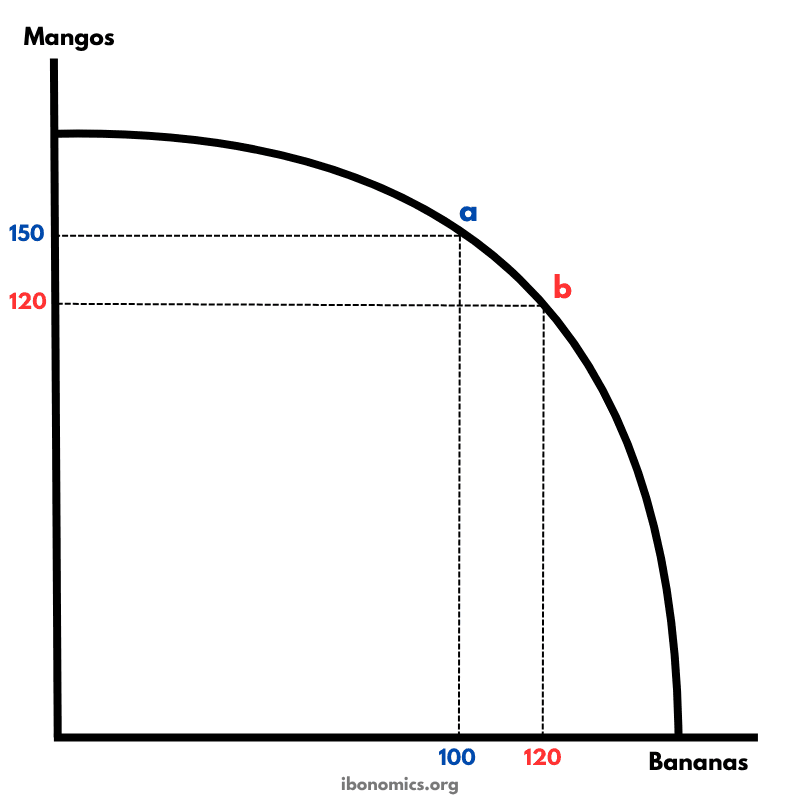
A production possibility curve illustrating the concept of opportunity cost and the trade-offs between producing two goods: mangos and bananas.
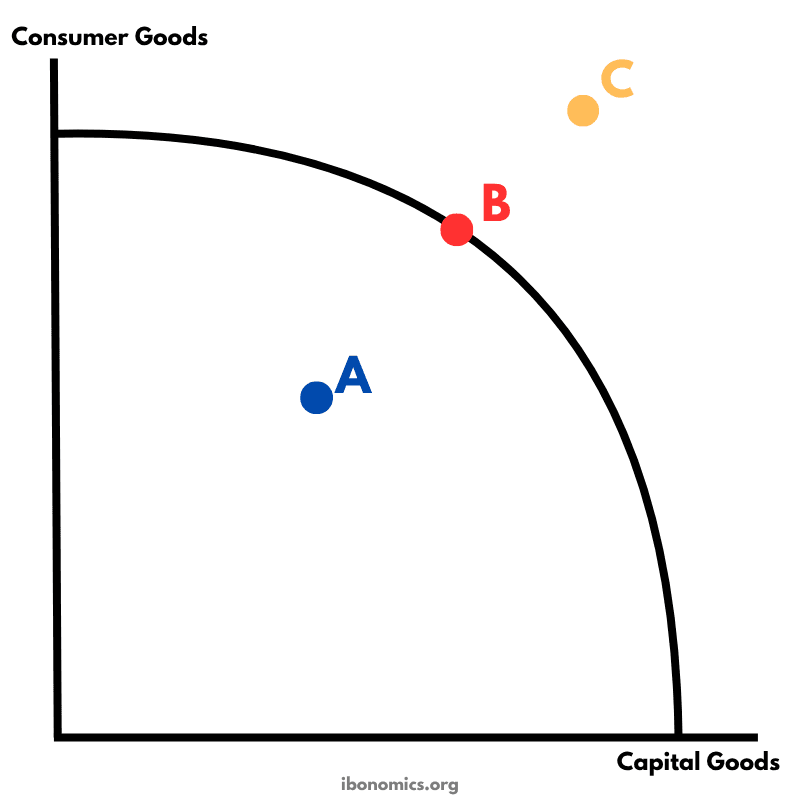
A PPC diagram showing different levels of production efficiency and economic feasibility using combinations of consumer and capital goods.

A model illustrating how money, goods, services, and resources flow between households, firms, the government, the financial sector, and the foreign sector in an economy.
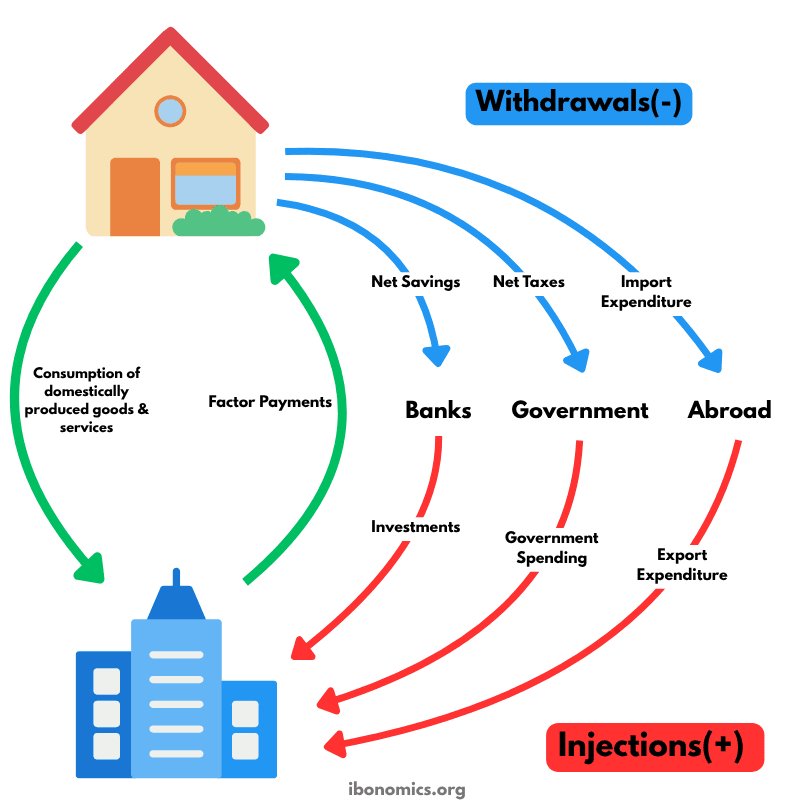
A refined circular flow model highlighting the roles of injections and withdrawals in determining national income and economic equilibrium.